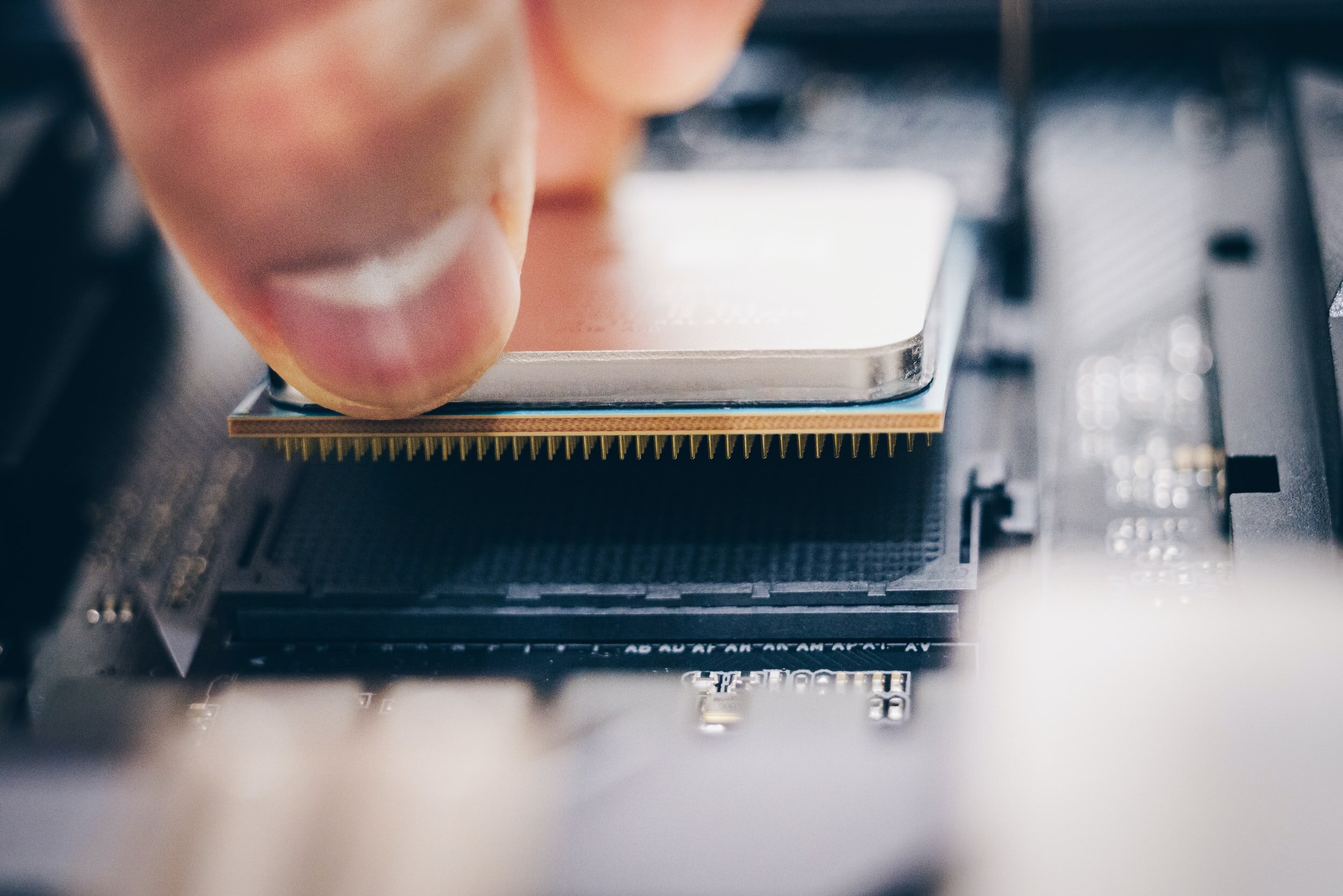A Deep Dive in the Central Processing Unit
With each new generation of processor, the manufacturers find new ways to compute more calculations per clock cycle, thus improving efficiency and reducing the consumption of electricity.
Generally referred to as the CPU, this computer component is the most vital of components. It is responsible for all centralized processing done in a computer and is one of the most frequently discussed pieces of hardware. Most computers have one CPU per machine, but in some cases a second one can be used.
So, how can you tell if a processor is good or not? Well, a CPU has many variables to consider. The most recognizable being the clock speed measured in Hertz. This is an important measurement that determines how many electrical cycles can be output per second. The first computer ever built was the ENIAC and had a base clock speed of one million cycles per second. Since then, our computers have become so advanced that now a CPU smaller than the palm of your hand can five billion cycles per second or up to 5Ghz. While the clock speed for the common computer has multiplied more than a factor of five thousand, the capacity for work per cycle has also increased. With each new generation of processor, the manufacturers find new ways to compute more calculations per clock cycle, thus improving efficiency and reducing the consumption of electricity. So far we have covered the processor, its clock speed and how the microarchitecture determines the efficiency of each cycle.
The next variable in a CPU is the number of cores. You may be familiar with the term Dual Core or Quad Core CPU. Simply put, a Dual Core processor has two miniature processor chips on the inside, and each can have their own clock speed and instructions sent to it allowing for more tasks to be completed at once. Nowadays you will rarely see a processor with less than four cores, but you will often find them with 6, 8, and the highest end consumer processor has a whopping 64-cores. While a 64-core processor is entirely unnecessary for most use cases, there are certain circumstances that it can be used to its full capacity.
So, now that we have a basic understanding of the main things to look for in a CPU we must decide what is best for us. Most workstations benefit from a larger number of cores and are less picky about how fast the CPU can clock; this is because you are more likely to see someone running a larger number of low weight applications, rather than a CPU intensive process where rendering, video editing, video gaming, etc., favor a higher clock speed and even use a feature called Turbo. This feature is for when certain tasks on a computer cannot be split between all the cores and instead need to be computed on a single chip. Turbo will reduce the power consumption of every other core and direct it all to one, allowing it to clock at a much higher frequency than all of them together, while producing similar amounts of heat and consuming the same amount of electricity.
The Central Processing Unit will remain the most important component to all computers for the foreseeable future. New technology is released every day, but the basic concept of the CPU has remained vigilant. Be sure to stay tuned for our next installment into The Deep Dive.
- Crimson Wheeler, Services Technician

